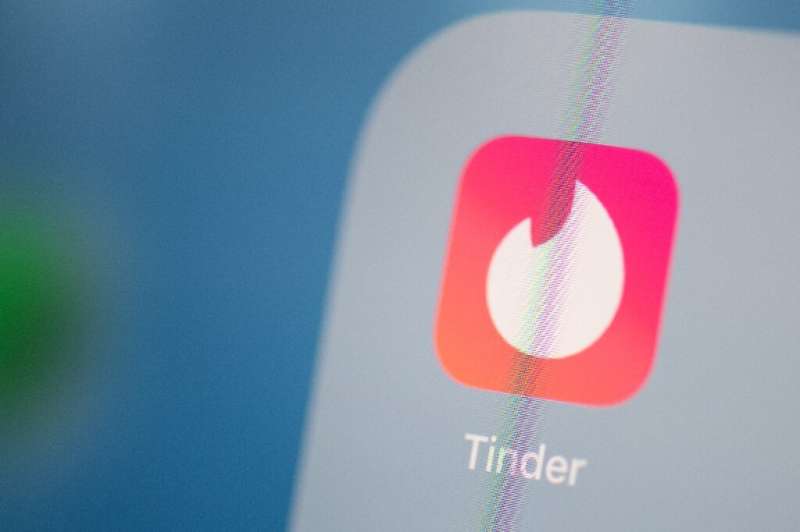Americans are warming to online apps and dating services, according to a recent survey
Americans' use of online apps and dating websites to meet potential partners is growing even if many people express concerns about participating in these services, a survey showed Thursday.
The Pew Research Center report showed 30 percent of US adults, and 31 percent of internet users have used an app or dating service.
The figure is close to half among adults under 30 years old and people who identify as gay, lesbian or bisexual.
And 12 percent of those surveyed said they had married or been in a committed relationship with someone they met through a dating site or app.
The findings show a sharp rise in the use of online services since a prior Pew survey in 2013 when just 11 percent said they had used a dating site or app and three percent said they found a long-term relationship from these services.
"On a broad level, online dating users are more likely to describe their overall experience using these platforms in positive rather than negative terms," the Pew researchers said in the report.
But some also spoke of the downside of internet services: around seven in 10 online daters said it was common for people to lie about something to appear more desirable.
And a significant number of users, especially women, said they had unpleasant interactions or harassment as a result of their participation.
Nearly half of female users said someone continued to contact them after they said they were not interested, while a similar share said they sent a sexually explicit message or image they didn't ask for.
Overall, 45 percent of those using a dating site or app in the past year say the experience left them frustrated.
Yet more than half said their personal experiences with the platforms have been positive: seven in 10 said it was relatively easy to find people on dating sites or apps that they found attractive and a majority said they found people sharing their hobbies or interests.
The report was based on a survey of 4,860 US adults from October 16-28, with an estimated margin of error of 2.1 percentage points.
© 2020 AFP























